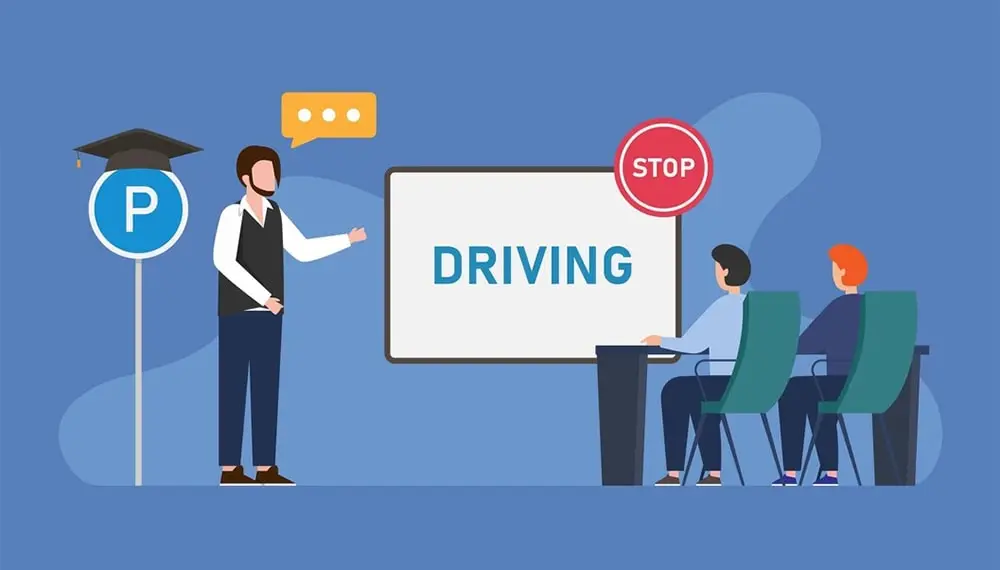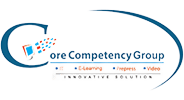Type of eLearning Content: Off-the-Shelf vs Custom
Rohit Kumar
22 Apr, 2024

eLearning is necessary for corporate training and talent development in today's fast-paced corporate world. With technology advancing at a breakneck pace, organizations across industries increasingly leverage eLearning to foster skill development, ensure compliance, and promote a culture of continuous learning among their employees.
However, choosing the right type of eLearning content presents a significant challenge for the stakeholders. This choice often boils down to two main options: Off-the-shelf eLearning content, which offers a ready-made and easily deployable solution, and custom eLearning solutions, developed from scratch to meet an organization's specific needs.
This article aims to inform and educate decision-makers within leading companies about the merits and considerations of off-the-shelf and custom eLearning content. By providing an in-depth analysis, we seek to aid decision-making, ensuring that organizations can effectively align their learning and development initiatives with their strategic goals.
Off-the-Shelf eLearning Content
Off-the-shelf eLearning content, recognized for its immediate availability, is a standardized solution designed to address various training topics. Subject Matter Experts develop it and span multiple areas, including compliance, soft skills, and industry-specific knowledge.
Pros
-
Cost-Effectiveness: It provides a financially viable option for organizations, especially for standard training needs, without requiring a hefty initial investment.
-
Speed of Deployment: Ready for use upon acquisition, it facilitates the rapid rollout of training programs, which is crucial for urgent training needs.
-
Broad Topic Coverage: It offers extensive libraries covering various subjects suitable for diverse training requirements.
Cons
-
Lack of Personalization: The general approach may not align with every company's unique culture or specific training objectives, leading to lower engagement.
-
Generic Content: Due to its non-specific nature, it may not fully resonate with learners, potentially affecting the overall learning outcome.
-
Limited Customization: The absence of customization options restricts the ability to include company-specific branding or case studies, which could enhance relevance and engagement.
Off-the-shelf eLearning content is a quick and cost-effective method for addressing widespread training needs. However, its generic approach and limited customization options may not suffice for organizations seeking to closely align their training programs with their specific goals and corporate identity.
Custom eLearning Content
Custom eLearning content is crafted from the ground up to meet an organization's precise needs. This tailored approach ensures content relevance, engages learners, and aligns closely with the company's goals, culture, and training requirements.
Pros
-
Tailored Content: Directly addresses organizational challenges, goals, and learner needs, ensuring higher relevance and engagement.
-
Brand Alignment: Fully customizable to reflect company branding, culture, and values, fostering a stronger connection with learners.
-
Flexible and Updatable: Allows updates and modifications to keep the training current with industry standards and organizational changes.
-
Diverse Formats: Supports various learning formats, including simulations, gamified elements, and interactive scenarios, to match diverse learning preferences.
Cons
-
Higher Upfront Costs: The bespoke nature of custom content involves a more significant initial investment than off-the-shelf options.
-
Longer Development Time: Tailoring content to specific needs requires more development, design, and testing time.
-
Resource-intensive: It demands significant input from the organization, including time spent on needs assessment, collaboration with developers, and content approval processes.
Custom eLearning solutions allow organizations to provide highly relevant and engaging training experiences closely aligned with their unique objectives. While the initial investment and development time are more significant than off-the-shelf options, the long-term benefits of a custom approach—such as enhanced learner engagement and the ability to precisely target specific organizational goals—often outweigh these challenges.
Making the Right Choice
Deciding between off-the-shelf and custom eLearning solutions is a pivotal choice that can significantly impact an organization's training effectiveness and budget allocation. This decision should be guided by clearly understanding the organization's needs, goals, and constraints.
Factors to Consider
-
Learning Objectives: Evaluate whether the training goal is to provide general knowledge or to address specific skills and competencies unique to the organization.
-
Budget Constraints: Assess the available budget for training development and implementation. Remember that custom solutions typically require a higher initial investment.
-
Timeline for Deployment: Consider the urgency of the training need. Off-the-shelf options allow for rapid deployment, while custom solutions take longer to develop.
-
Skill Level of Learners: Identify employees' current skill level and the complexity of the content needed. Custom content can be more effectively tailored to match the learner's proficiency and learning pace.
-
Technology Infrastructure: Examine the organization's existing learning management system (LMS) and technological capabilities to ensure compatibility with the chosen eLearning solution.
Blended Approach
A blended approach, combining off-the-shelf and custom eLearning content, is the most effective strategy for many organizations. This allows for:
-
Quick deployment of standardized training modules through off-the-shelf solutions.
-
Development of tailored training programs for specific, high-impact areas through custom solutions.
By carefully weighing these considerations, companies can make a better decision that aligns with their training objectives, meets learner needs, and optimizes budget and resources. Ultimately, the correct choice will depend on a balanced evaluation of immediate training needs against long-term learning and development goals.
Conclusion
In navigating the complex landscape of eLearning solutions, organizations are tasked with strategically choosing off-the-shelf and custom content. This decision will directly influence the effectiveness of training programs and the overall development of the workforce.
Off-the-shelf content offers a quick and cost-effective way to address joint training needs across various industries. In contrast, custom solutions provide a tailored learning experience that aligns closely with an organization's unique goals, culture, and requirements.
Choosing the right eLearning content type necessitates carefully evaluating the organization's needs, budget, timeline, and technological infrastructure. For many, a blended approach may emerge as the most effective strategy, leveraging the strengths of both off-the-shelf and custom solutions to achieve comprehensive training outcomes.
Ultimately, the decision should aim to enhance the learning experience, meet organizational objectives, and foster an environment of continuous improvement and development. By thoughtfully considering their options, organizations can ensure that their investment in eLearning content yields tangible benefits for their employees and the company.
Core Competency stands ready to guide you through this decision-making process, offering expert insights and a comprehensive suite of eLearning solutions tailored to your needs. Whether you prefer the convenience and cost-effectiveness of off-the-shelf content or the personalized approach of custom eLearning, Core Competency has the resources and expertise to support your goals.
Schedule a demo today to explore both types of eLearning content and discover how Core Competency can transform training within your organization.




